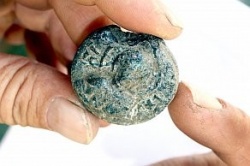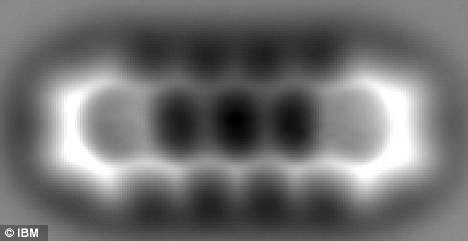
This massive star factory is so named for the dark dust bands that trisect its glowing heart, and is a rare combination of three nebula types, revealing the fury of freshly formed stars and indicating more star birth.
Smoldering some 5,500 light-years away in the constellation of Sagittarius (the Archer), the Trifid Nebula presents a compelling portrait of the early stages of a star's life, from gestation to first light. The heat and "winds" of newly ignited, volatile stars stir the Trifid's gas and dust-filled cauldron; in time, the dark tendrils of matter strewn throughout the area will themselves collapse and form new stars.
The French astronomer Charles Messier first observed the Trifid Nebula in June 1764, recording the hazy, glowing object as entry number 20 in his renowned catalogue. Observations made about 60 years later by John Herschel revealed the dust lanes that appear to divide the cosmic cloud into three lobes, inspiring the English astronomer to coin the name "Trifid".







